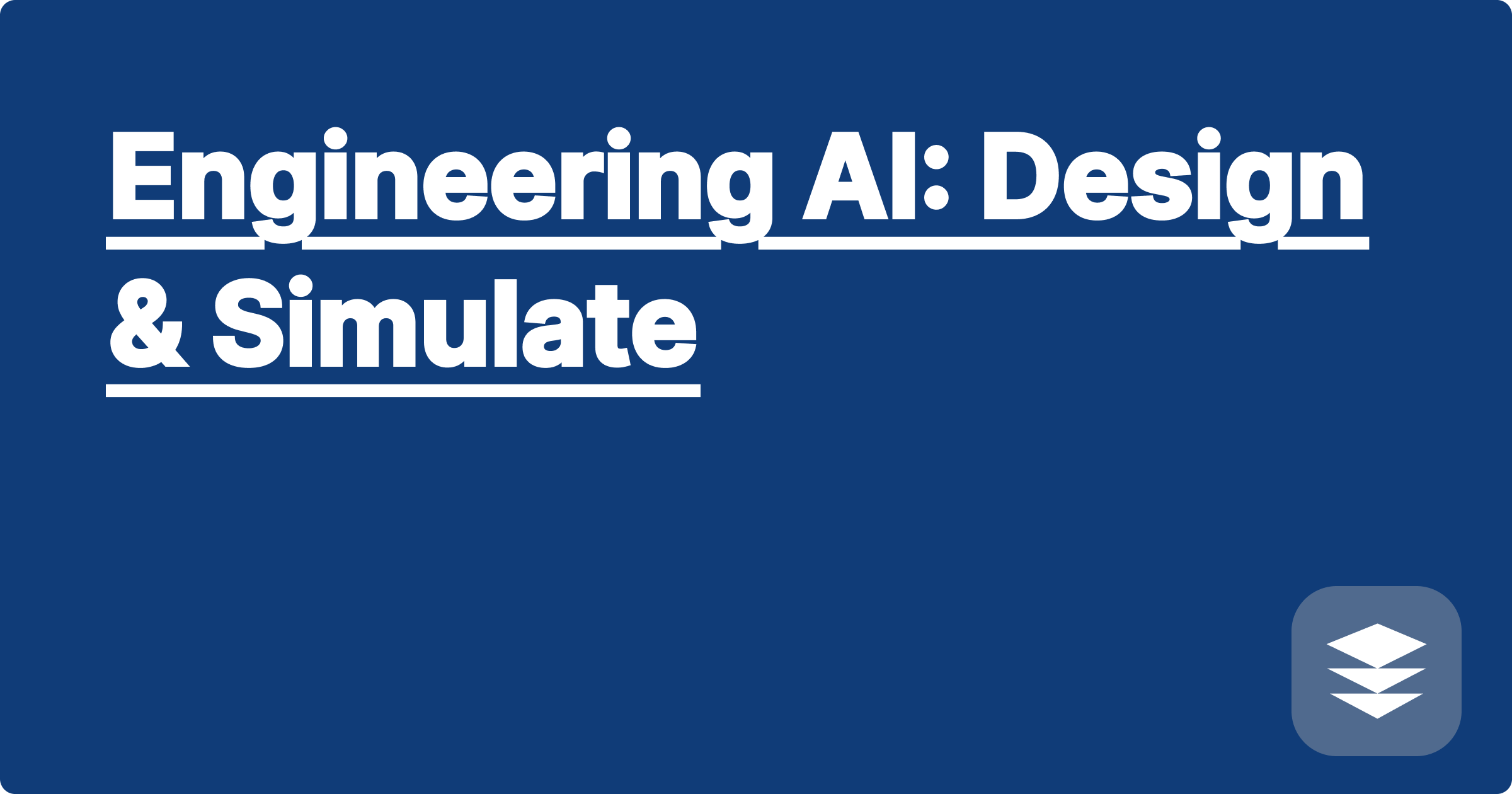
The ever-increasing complexity of STEM challenges demands innovative solutions. From designing intricate microfluidic devices to simulating the behavior of complex systems, researchers and engineers are constantly seeking ways to optimize designs, reduce development time, and push the boundaries of scientific discovery. Artificial intelligence (AI) is emerging as a powerful tool to address these challenges, offering the potential to automate tedious tasks, explore vast design spaces, and uncover novel solutions previously unimaginable.
For STEM students and researchers, mastering AI-powered design and simulation tools is no longer a luxury but a necessity. These tools represent a paradigm shift in how we approach scientific inquiry and engineering design. By understanding the principles of AI and learning how to effectively leverage these tools, students and researchers can significantly enhance their productivity, accelerate their research, and gain a competitive edge in their respective fields. This blog post will delve into the practical application of AI for design and simulation, providing a comprehensive guide for STEM professionals looking to harness the power of AI in their work.
In many engineering disciplines, optimizing complex systems presents a significant challenge. Consider the design of a heat exchanger, a critical component in numerous applications ranging from power generation to refrigeration. Designing an efficient heat exchanger requires careful consideration of numerous parameters, including fluid flow rates, temperature gradients, material properties, and geometric configurations. Traditional design methods often involve iterative simulations and experimental testing, which can be time-consuming and resource-intensive. Finding the optimal balance between performance, cost, and manufacturability can be a daunting task, especially when dealing with complex geometries and operating conditions.
The core challenge in designing and simulating complex systems lies in the vastness of the design space and the intricate interplay between different parameters. Exploring this design space exhaustively using traditional methods is often impractical. Furthermore, the underlying physics governing these systems can be highly complex, requiring sophisticated numerical simulations that can be computationally expensive. For instance, in the case of a heat exchanger, accurately predicting the heat transfer characteristics requires solving complex fluid dynamics and heat transfer equations. These simulations can take hours or even days to complete, limiting the number of design iterations that can be explored. This bottleneck can hinder innovation and prevent engineers from achieving optimal designs.
AI tools, such as ChatGPT, Claude, and Wolfram Alpha, can be leveraged to address these challenges and accelerate the design and simulation process. ChatGPT and Claude can be used to generate initial design concepts, explore different design configurations, and even suggest alternative materials based on desired performance characteristics. Wolfram Alpha, with its powerful computational engine and vast knowledge base, can be used to perform complex calculations, analyze simulation results, and provide insights into the underlying physics governing the system. By integrating these AI tools into the design workflow, engineers can automate tedious tasks, explore a wider range of design options, and gain a deeper understanding of the system's behavior.
The process of using AI for design and simulation typically begins with defining the design objectives and constraints. This involves specifying the desired performance metrics, such as efficiency, cost, or weight, as well as any limitations on the design parameters, such as material availability or manufacturing constraints. Next, an initial design concept is generated, either using traditional methods or by leveraging AI tools like ChatGPT or Claude. This initial design serves as a starting point for further optimization.
Once the initial design is established, AI-powered simulation tools can be used to evaluate its performance. These simulations can be performed using specialized software packages or by leveraging the computational capabilities of Wolfram Alpha. The simulation results are then analyzed to identify areas for improvement. AI algorithms can be used to automatically explore different design modifications and identify the optimal parameters that maximize performance while satisfying the design constraints. This iterative process of simulation, analysis, and optimization continues until a satisfactory design is achieved.
Consider the design of a heat exchanger with specific heat transfer requirements. Using Wolfram Alpha, one can calculate the required surface area based on the desired heat transfer rate, fluid properties, and temperature difference. The formula for heat transfer is Q = U A ΔT, where Q is the heat transfer rate, U is the overall heat transfer coefficient, A is the surface area, and ΔT is the temperature difference. Wolfram Alpha can be used to solve this equation for A, given the other parameters. Furthermore, AI tools can be used to explore different fin geometries and arrangements to maximize the surface area and enhance heat transfer.
Another example is the design of a control system for a robotic arm. AI algorithms can be used to train a controller that optimizes the arm's trajectory and minimizes energy consumption. Simulation tools can then be used to evaluate the controller's performance under different operating conditions. By leveraging AI, engineers can design more efficient and robust control systems that adapt to changing environments.
For STEM students and researchers, effectively utilizing AI in their work requires a combination of technical skills and strategic thinking. Developing proficiency in programming languages like Python and familiarizing oneself with AI libraries and frameworks is essential. Furthermore, understanding the principles of machine learning and deep learning can provide valuable insights into the inner workings of AI algorithms. Equally important is the ability to critically evaluate the results generated by AI tools and understand their limitations. AI should be viewed as a powerful tool to augment human intelligence, not replace it.
Conclude by emphasizing that integrating AI into the design and simulation workflow can significantly enhance productivity and accelerate research. By embracing these powerful tools, STEM professionals can unlock new possibilities and push the boundaries of scientific discovery. Exploring online resources, attending workshops, and engaging with the AI community are excellent next steps for those looking to embark on this exciting journey.
Ace STEM Exams: AI Study Planner
AI for Lab Data: Analyze Faster
STEM Prep: AI-Powered Flashcards
AI Coding Assistant: Debug Code
Engineering AI: Design & Simulate